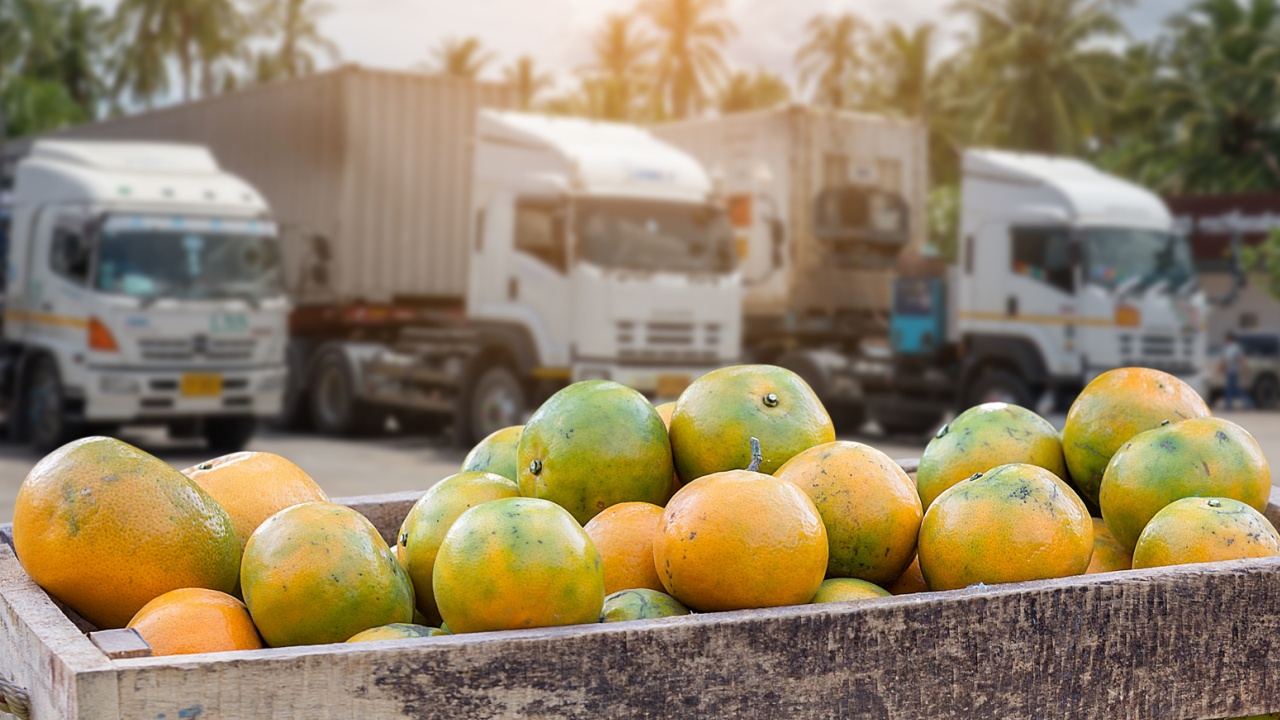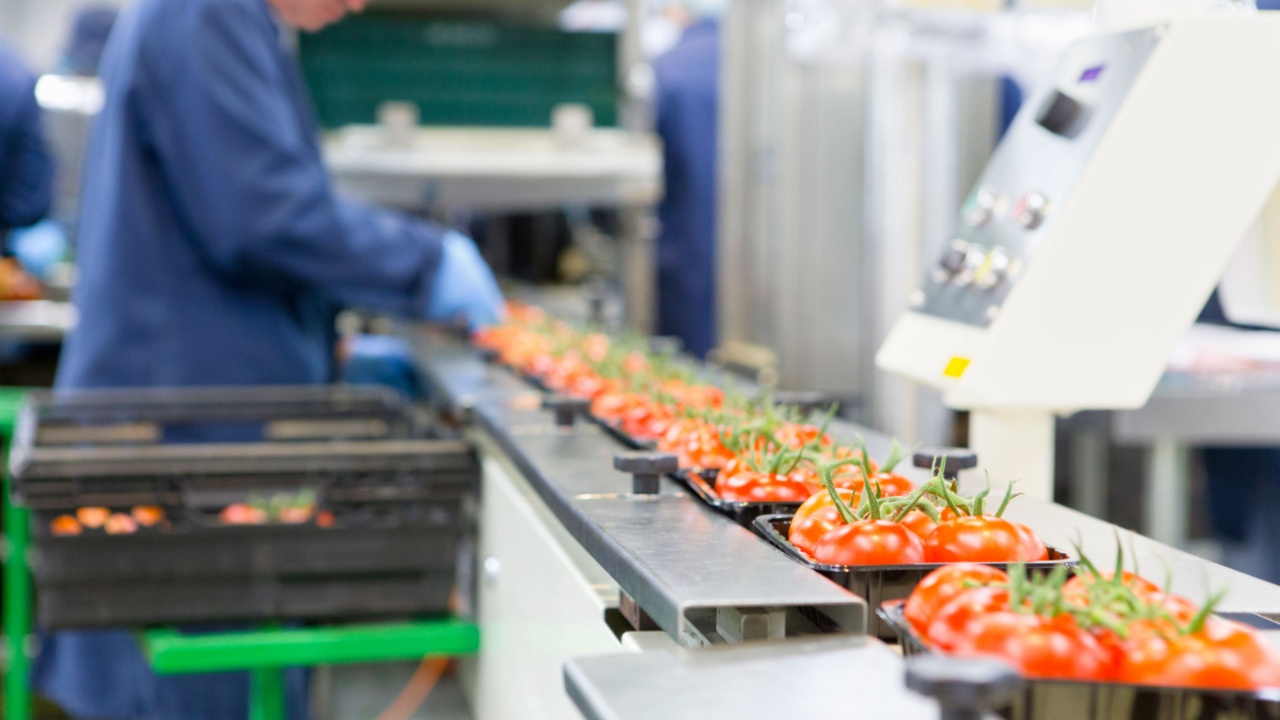Ever wonder why your grocery bill feels higher than ever, even as inflation headlines suggest things are cooling down? You’re not alone. Many households are grappling with the challenge of balancing budgets while food costs remain stubbornly elevated. Understanding the reasons behind these prices helps explain not only what we pay at the checkout, but also the larger economic forces shaping our daily lives.This list explores ten major factors keeping grocery costs high. From labor and energy expenses to climate impacts and consumer trends, each plays a role in what you see on your receipt.
Supply Chain Disruptions

Disruptions in the supply chain remain one of the biggest culprits behind high food costs. Natural disasters, health crises, and political instability can slow production and delay shipping. When it takes longer or costs more to move goods, retailers raise prices to cover the gap.The pandemic highlighted just how fragile global supply chains are, causing spikes in grocery costs that continue to ripple through today’s market.
Rising Labor Costs

From farmhands to truck drivers to grocery clerks, workers across the food system are earning more than in past years. Rising wages are positive for employees, but they also increase the cost of bringing food from farms to shelves.As pay rates climb, companies adjust prices upward to balance higher payroll expenses, and those costs are reflected in your grocery bill.
Increased Demand for Organic Products

Shoppers are increasingly drawn to organic foods, which tend to be more expensive to produce. Organic farming uses fewer synthetic inputs, relies on more labor, and often yields less per acre compared to conventional farming. All of this pushes prices higher.Even so, demand continues to grow, showing that many consumers are willing to pay extra for food they view as healthier or more sustainable.
Climate Change

Extreme weather events, from droughts to floods, take a direct toll on crops and livestock. Fewer harvests and reduced yields lead to shortages, and shortages push prices upward.As climate instability becomes more common, these disruptions are expected to remain a persistent driver of higher grocery bills.
Global Trade Policies

International trade policies affect the price of imported foods. Tariffs, quotas, and shifting agreements can all add costs along the way. When those costs rise, so do retail prices.In recent years, trade disputes have shown just how quickly changes in policy can ripple down to everyday consumers.
Increased Packaging Costs

The price of packaging materials such as cardboard, plastics, and aluminum has climbed in recent years. With nearly every product requiring packaging, these extra expenses filter into the final price consumers pay.Even simple staples like cereal or canned goods reflect these hidden costs, contributing to higher totals at checkout.
High Energy Costs

From powering tractors to fueling trucks, energy is a key ingredient in the food system. Rising fuel and electricity costs translate into higher expenses for production, storage, and transportation.When energy prices climb, the effects spread across every step of the supply chain, ultimately landing in your grocery cart.
Retail Consolidation

As large grocery chains buy out smaller stores, competition in the market shrinks. With fewer competitors, major retailers gain more control over pricing, often resulting in higher costs for consumers.While consolidation can make operations more efficient, it can also limit choice and raise prices over time.
Food Waste

When food goes to waste, so do the resources used to grow, transport, and store it. These inefficiencies raise costs across the system, and shoppers ultimately bear the expense.In the U.S., it’s estimated that nearly a third of the food supply is wasted, making it a hidden but powerful driver of higher grocery bills.
Increased Marketing and Branding Costs

In today’s competitive grocery market, companies spend heavily on advertising, packaging design, and brand positioning. These investments help products stand out on shelves but also drive up retail prices.As marketing costs rise globally, shoppers see the impact not just in flashy displays and promotions, but also in the totals at the register.


Comments
No Comments